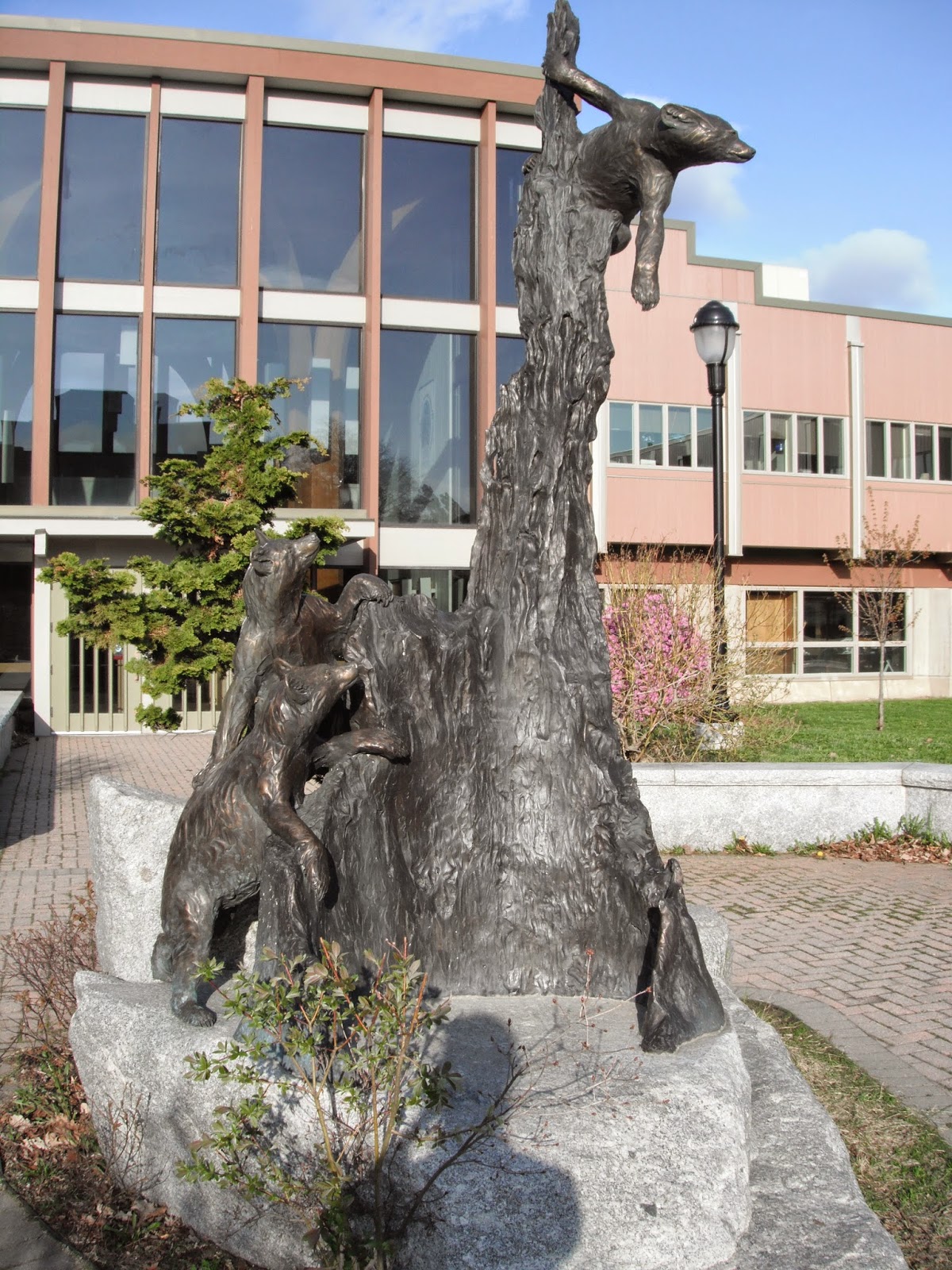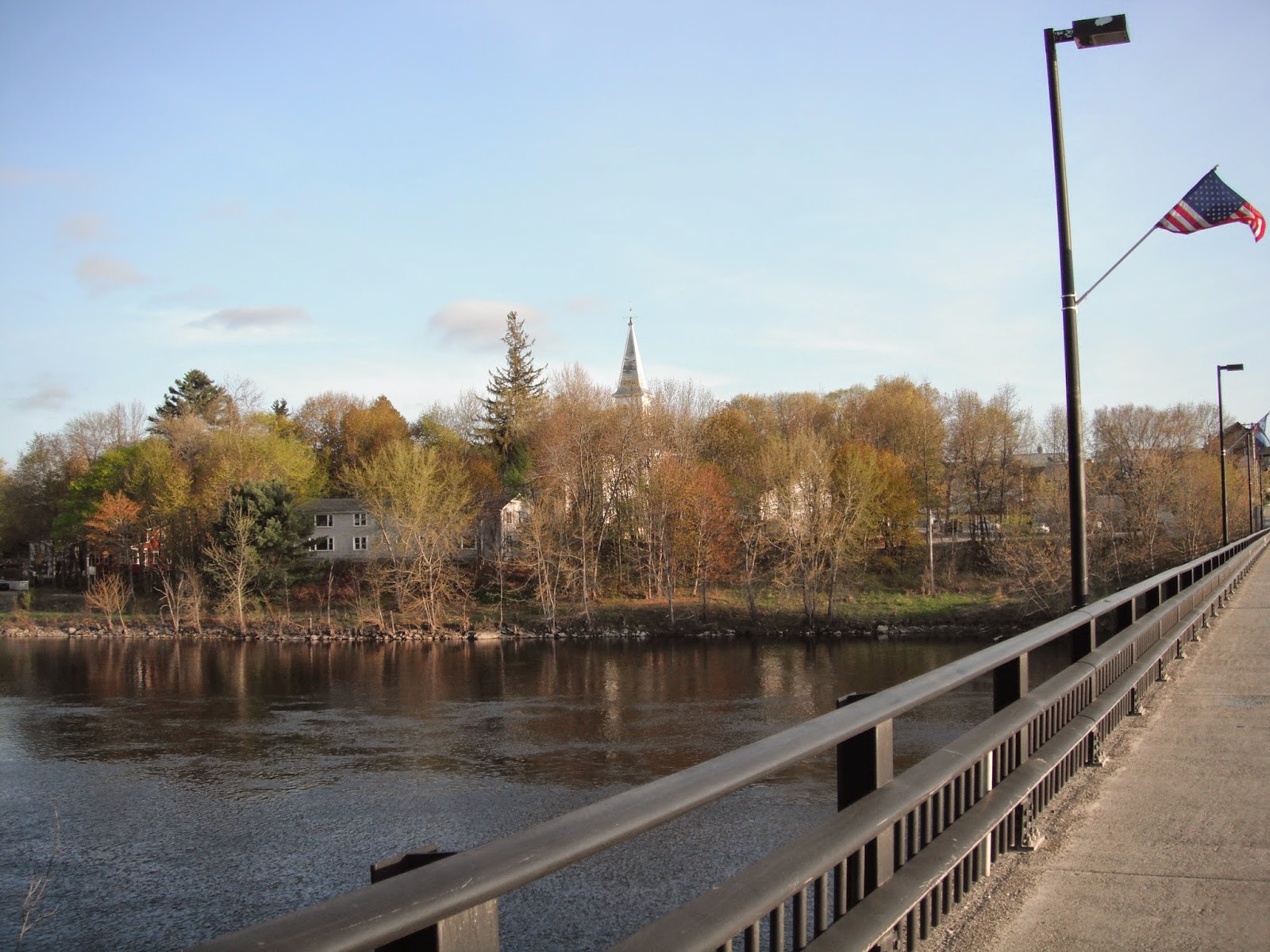As a
student of historical nonviolent movements, the protests in Saint Louis have an
academic as well as a personal connection for me. In particular, I am
interested in the language of protest. It can differ greatly by location and
time period. In many places, a particular color has a deeply woven cultural
meaning of resistance—yellow in the Phillipines, green in Iran, orange in
Ukraine. In other movements, a particular kind of demonstration has become the
signature of the movement—the boycotts and marches in the Civil Rights
movement, the salt tax protests in the Indian independence movement, and the
occupation of Tahrir Square in Cairo’s Arab Spring. However, these different
forms of language have a similar goal: by wearing a certain color or taking a
particular action in a highly public manner, nonviolent protesters aim to demonstrate
their rejection of an unjust system, and the system’s inability to stop them
from doing so without resorting to violence.
So far,
the signature action of the Ferguson protest movement, other than the ‘hands up’
gesture, has been the die-in. As organizations have begun to struggle for
control of the leadership of the current movement, I think it is important to
bear witness to the Saint Louis roots of this particular demonstration. It is
also a fascinating case-study in the spread of nonviolent tactics and the
results of activism.
A
little over a week before the grand jury decision announcement, Saint
Louis-based activist groups were continuing their months-long campaign of
protest. Though cable news attention had waned once the minority of criminally
violent demonstrators had moved on, nonviolent protests continued unabated from
August to November, with a peak of activity on the weekend of Oct. 11-12,
dubbed “Ferguson October.”
According
to the St. Louis American, on the afternoon of Sunday, Nov. 16, two groups of
protesters, including members of Tribe X and Missourians Organizing for Reform (MORE) marched in University City, meeting in front of the Tivoli Theater on the Delmar Loop. After several
minutes of chanting, some of them mimed holding a gun and shooting the others,
who fell to the ground. Others traced chalk outlines around the ‘bodies.’ Laying
in the street for 4.5 minutes, they mimicked the 4.5 hours that Michael Brown’s
body lay on Canfield Ave. after he was shot. By blocking traffic and speaking over
a megaphone to pedestrians, the protesters interrupted daily life and the
normal flow of commerce in a business district. Delmar Blvd. is also culturally
significant, as it represents the current line of segregation between white and
black neighborhoods in St. Louis, according to the BBC (also see this
write-up by the St.
Louis Beacon). The Loop, therefore, is a liminal space in which this
segregation can be challenged.
Video by the St. Louis American.
That
evening, just hours after the protesters had dispersed, the New York Times put a
photo of the die-in on the website’s front page.
Suddenly,
the die-in was on track to spread virally. The Monday edition of the Times also
featured this photo. However, it is important to consider that the activists strategically
manipulated to get national coverage of this action. While the cable cameras
had retreated, newspaper reporters from the Times, the Washington Post, and the
L.A. Times remained. By beginning with a march, they made sure the reporters
knew where they were headed. They chose a highly photogenic action that looks
good on a front page and is easily replicated by other groups. Though these
choices, the organizers created conditions that nearly ensured national
attention.
Since
then, the die-in has spread nationwide. Most recently, medical students around
the country held campus die-ins while wearing their white coats. They often target highly-trafficked spots such
as malls, large roads and interstates, and public squares.
A St.
Louis Post-Dispatch reporter, Nick Pistor, recently claimed on Twitter that the
die-in “has officially become a pop culture thing.” I think there is an
important distinction between “widespread” and “pop culture.” Pop culture is
never dangerous. Demonstrators, especially people of color, take very real
risks participating in die-ins, ranging from verbal abuse, to arrest for
unlawful assembly, to violent police response. The Saint Louis activists
created a word in the language of the current movement that, wherever spoken,
continues to challenge racism and promote solidarity among groups throughout
the country.


















.jpg)
































